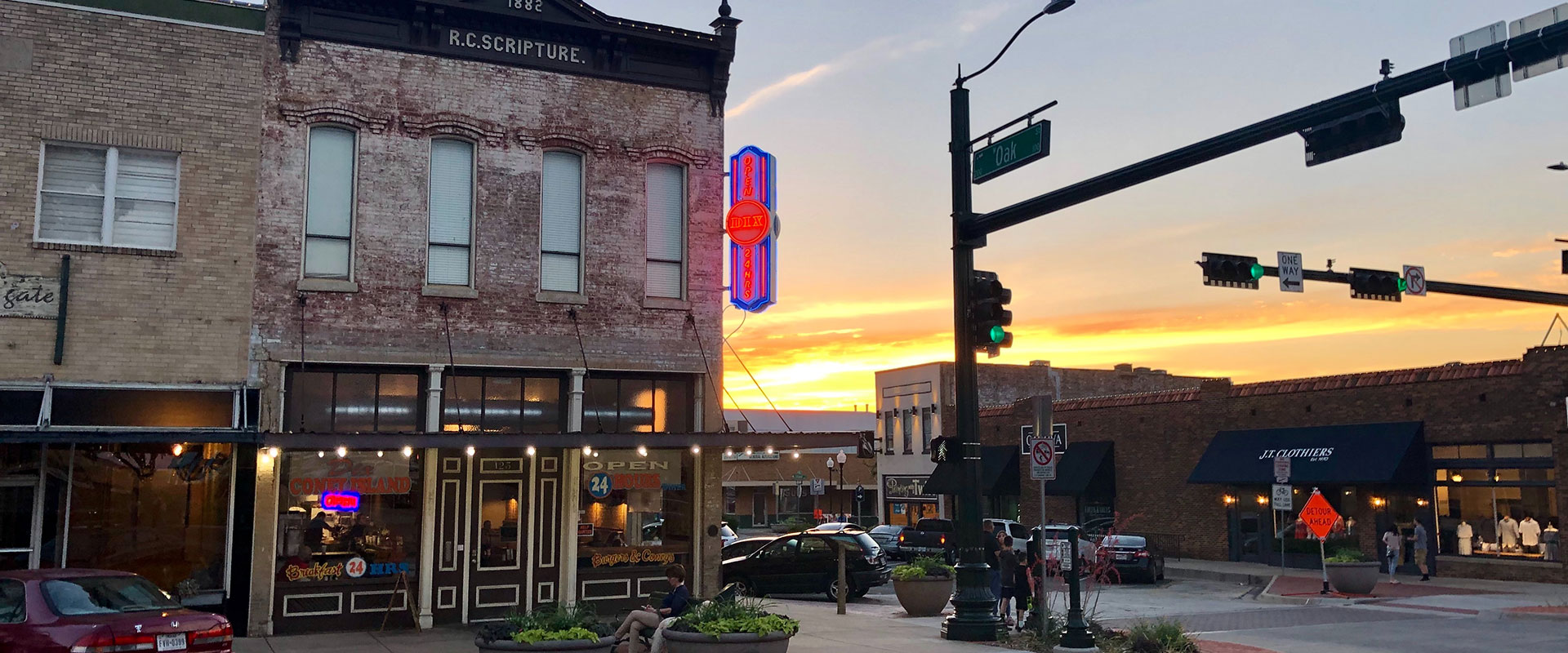Higher capitalization rates, increasing expenses, and slowing rent growth have added pressure to the multifamily real estate sector. Supply is gradually increasing, driving occupancy rates down and will likely keep market rent suppressed — at least in the near term.
A recent Wall Street Journal article points to apartment buildings as the commercial real estate industry’s next prominent trouble spot, as over $980 billion in multifamily debt will come due between 2023 and 2027. This year remains the year of “expense control” as expenses continue rising and outpacing multifamily property revenues.
A new report from S&P Global Ratings said property owners saw net income per unit increase as rent growth hit a high of 37% between 2020 and 2022. But noncontrollable expenses like interest rates and insurance have also increased dramatically, as have construction costs. In some southeast markets, for example, insurance has increased between 177% to 234% on a per-unit basis.
Apartment building values fell 14% between June 2022 and June 2023 after rising 25% in the previous year. And interest rates have soared, increasing the cost of borrowing money. Mortgage delinquencies in this sector remain low, but they’re starting to rise. The Mortgage Banker Association says that outstanding multifamily mortgages have more than doubled in the past 10 years to about $2 trillion — twice the amount of office debt.
Natural disasters are also exacerbating and influencing insurance costs. Experts also predict that as municipalities reassess properties at valuations aligned with post-pandemic growth in value, property taxes will add further pressure to operating margins.
While rent growth remains slow, multifamily property owners and managers must leverage all tools to drive operational efficiency regarding controllable expenses and collections.
A Downturn in Asking Rent
While still historically high, market rent growth has declined for several months. In May, national rent turned negative, according to Realtor.com. ApartmentList saw YOY rents turn negative in June. The clear trend indicates a correction for the meteoric growth occurring between mid-2020 and 2022.
Nearly 60 out of 100 major cities saw negative rent growth since January 2023 — and an increase of 22 cities since April 2023. However, this story wasn’t consistent nationwide.
- Most of the markets seeing declining rents were in the Sun Belt.
- Midwest and Northeast markets continue to see modest rent increases.
A caveat: Decreases in asking rent don’t immediately correlate to lower revenue for apartment building owners. Actual rents tenants pay lag behind market rent since tenants typically lock into one or two-year contracts. The lag between what many tenants pay now and current actual rents will remain for a while. And the Apartment List report found, based on CPI data, that the actual YOY rent increase on June 30 was over 5% but trending down, suggesting that prior rent growth had been absorbed.
Vacancies inched up in Q2 2023, landing above 7% nationally — the highest rate since June 2020. This percentage isn’t surprising, as new supply is coming online, and vacancy dynamics often vary among markets. Experts predict that as developers continue delivering a healthy supply of new spaces, vacancies will remain higher than the very low levels of the second half of 2021 and throughout last year.
Unconventional Sources Generating More Supply
While many communities across the country are experiencing a severe housing crisis, a new report from the National Association of Home Builders said more multifamily construction is underway now than at any other time in the past 50 years. The association expects construction on apartment buildings to decline by the end of 2023, but likely due to the 940,000 apartment projects currently in the pipeline. New apartment construction will drop 28% this year before stabilizing at 374,000 in 2024.
But these starts don’t simply include traditional ground-up development. Many properties suffering from economic obsolescence — malls, office properties, etc. — offer a unique opportunity for repurposing and conversion into multifamily properties.
While the redevelopment poses unique challenges and potential pitfalls and certainly isn’t an option for every abandoned office space or failed mall, there are enough situations where this approach makes sense. For example, one LA-based developer, Jamison Services, has converted seven LA office buildings into 1,200 residential units. Another company plans to convert an Orange County mall into a multi-use property with retail and more than 1,200 residential units.
The Chicago city government’s eyeing over 22% vacancy in downtown office space as a possible place to add affordable housing, known as the LaSalle Reimagined Initiative. This ambitious project hopes to repurpose 1.6 million of the total 5 million square feet as 600 mixed-income housing units intended for tenants earning an average of 60% of the location’s median income.
Rent Control? What Rent Control?
Massive rent increases from late 2020 through 2022 and beyond attracted government attention, but little intervention occurred. And with the market dynamics shifting, rent control appears less of a “threat.” However, in Q2 2023, a Rental Housing Board in Pasadena, CA, capped rental increases at 2.75% annually for about 25,000 apartments. Also in June, Washington D.C.’s city council passed a two-year 6% rent cap, replacing an earlier formula linked to CPI.
And in the Big Apple, the New York City Rent Guidelines Board satisfied neither landlords nor tenants after approving 3% rate hikes across one-year leases for the city’s 1 million rent-stabilized apartments. Tenants felt the percent increase was too high; landlords argued the percentage wasn’t enough to keep pace with growing expenses. Perhaps a compromise satisfying neither party was the best compromise of all?!
These three examples are a microcosm of the country’s housing affordability conundrum. They illustrate the challenge of balancing the availability of affordable housing units with providing a financial incentive for owners and investors.
Trends and Takeaways
Using Public and Private Means to Create more affordable housing
Housing affordability is a human issue requiring hard work — and difficult decisions — from investors, property owners and managers, developers, and the government. Creative solutions include:
- Constructing modular prefabricated residential units.
- Earmarking a percentage of new units in each build for tenants earning 60-80% of an area’s median income.
- Capping rents at no more than 3% or CPI, whichever is higher.
- Keeping expenses lower by using low-income housing tax credits (LIHTC) to rehab and develop older buildings into multifamily units.
One other outside-the-box solution the Los Angeles city government is exploring? Leveraging tax funds to raise $1.3 billion to purchase and convert hotels into affordable housing. The proposal faces many hurdles — both financial and political — but it’s an intriguing solution for a serious problem, especially in a city with a homeless population that continues to grow.
30% rent growth in the future? Probably not.
The multifamily sector saw incredible appreciation during the latter half of 2020 and beyond. But the current poor rental growth environment isn’t indicative of long-term concerns. Investors understand that the recent years’ rent growth and the cap rate were unsustainable. While perhaps a bump in the road, a slight correction is coming — and has likely already begun — but the fundamental foundation for rental housing remains sound.
Despite 2021 and 2022’s significant rental increases, it remains less expensive to rent than buy, and houses will likely remain in short supply for the foreseeable future. High mortgage interest rates may also cool the market, with fewer people willing to absorb more debt and choosing to rent a while longer.
Distress Created by Looming Capital Costs
The multifamily asset class, as mentioned earlier, will see a significant amount of debt come due later this year, and undercapitalized assets are at risk for distress. However, creative financing solutions, transactions, and non-traditional lenders should relieve some of the pressure. But economists worry that the amount of debt versus the difference in cost of capital now compared to when these assets were underwritten (especially prior to 2021) is cause for concern.
Are you a commercial real estate investor or looking for a specific property to meet your company’s needs? We invite you to talk to the professionals at CREA United: an organization of CRE professionals from 92 firms representing all disciplines within the CRE industry, from brokers to subcontractors, financial services to security systems, interior designers to architects, movers to IT, and more.

